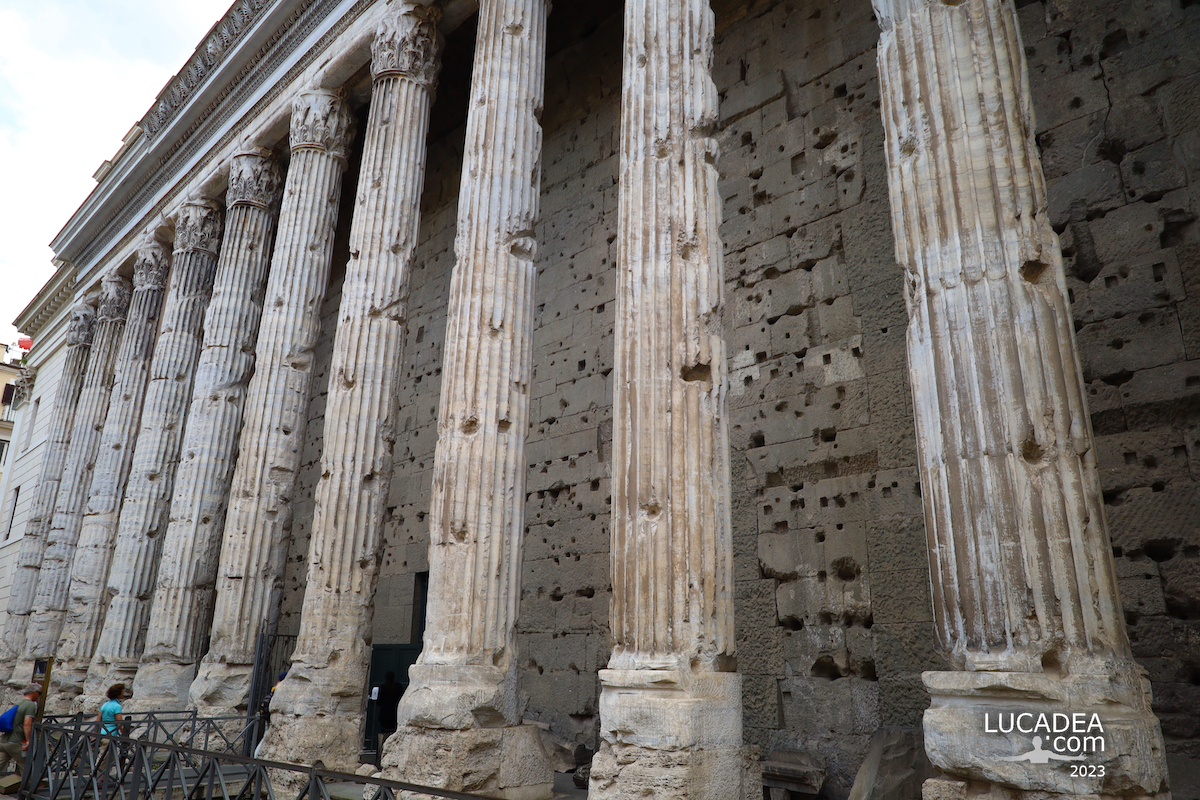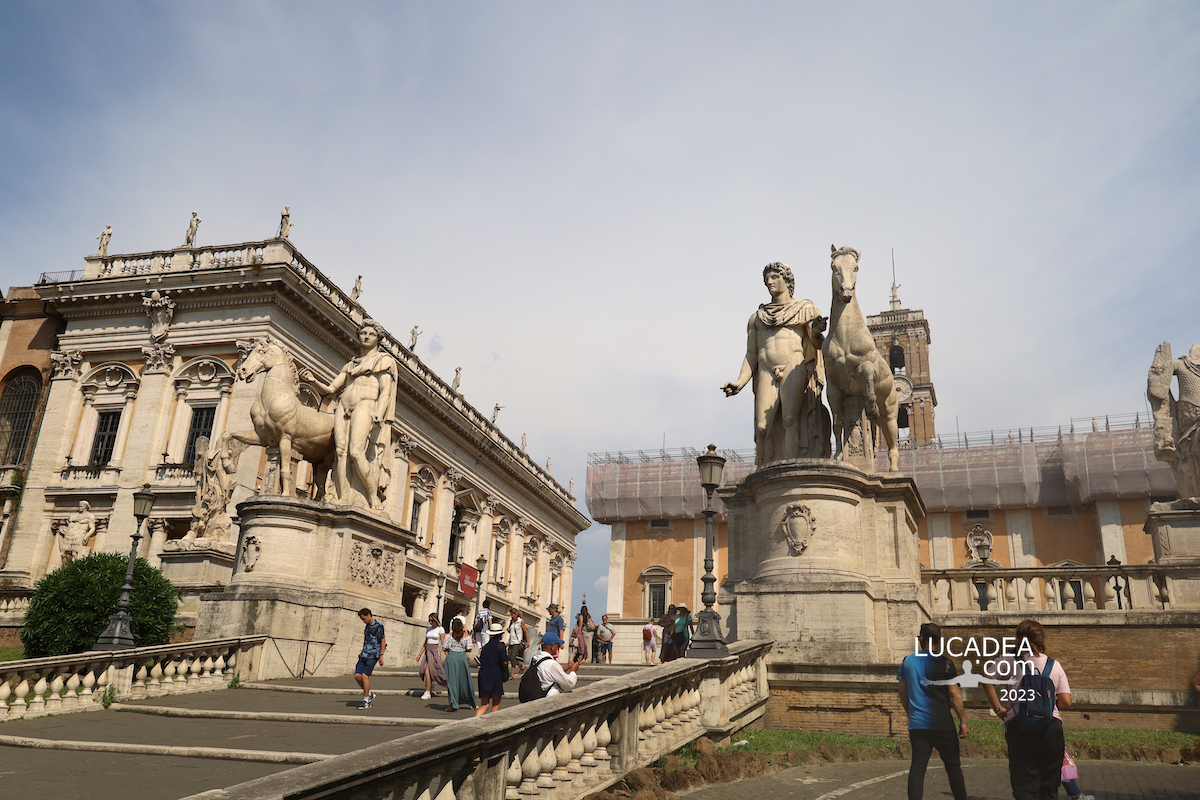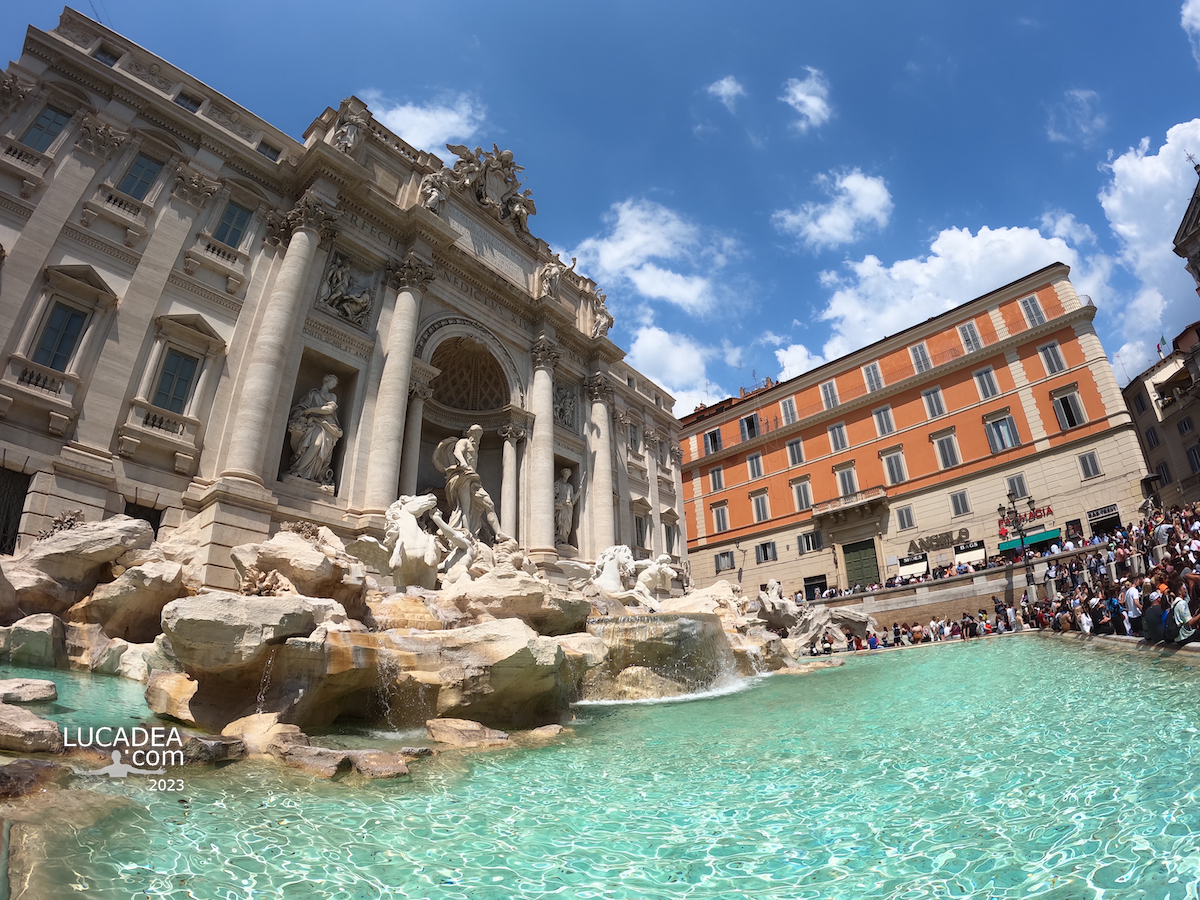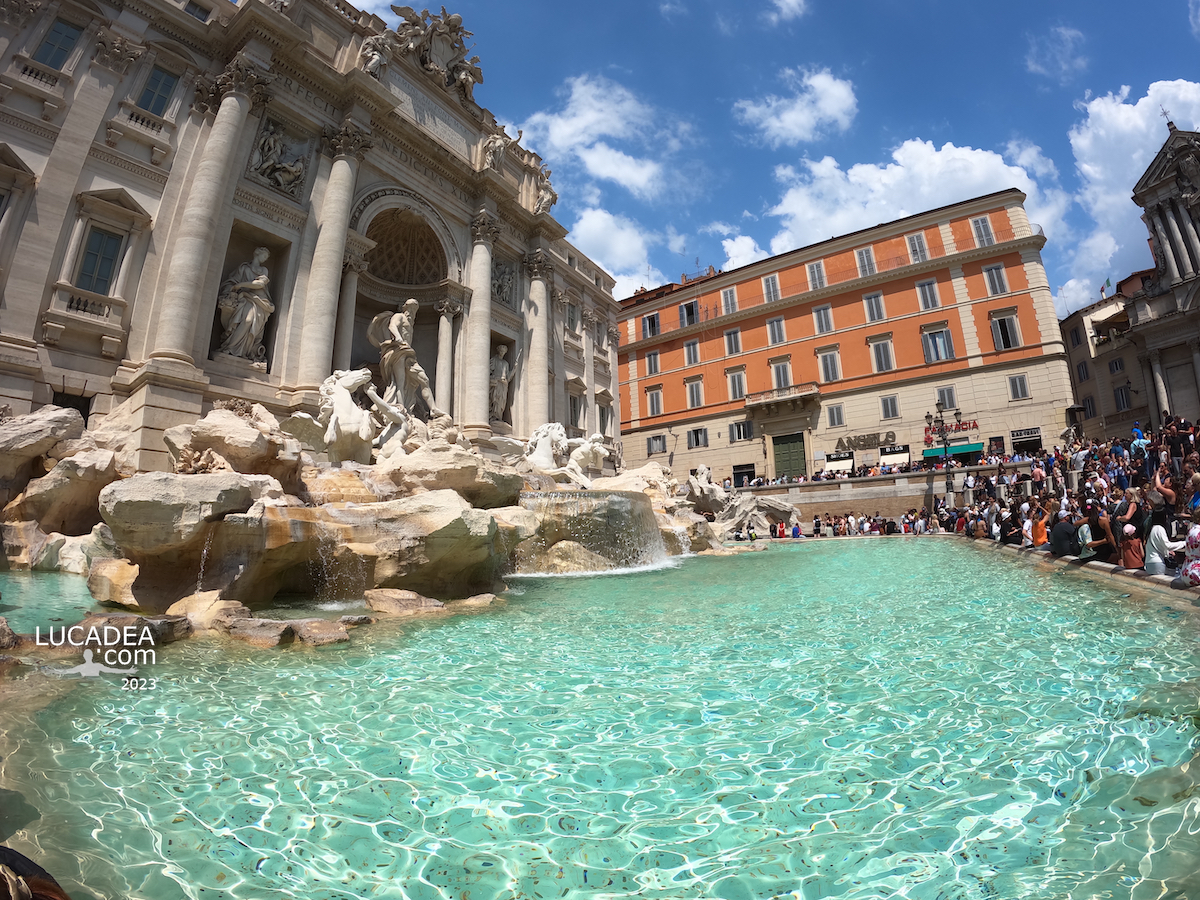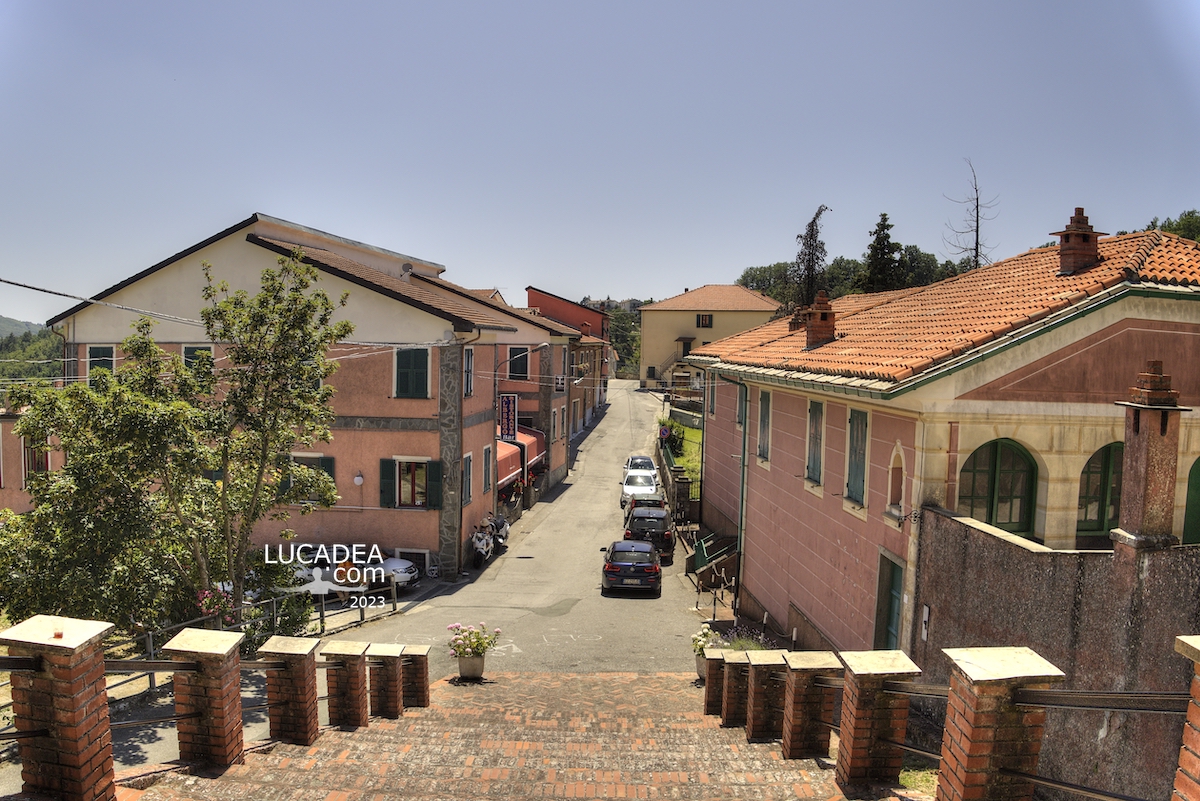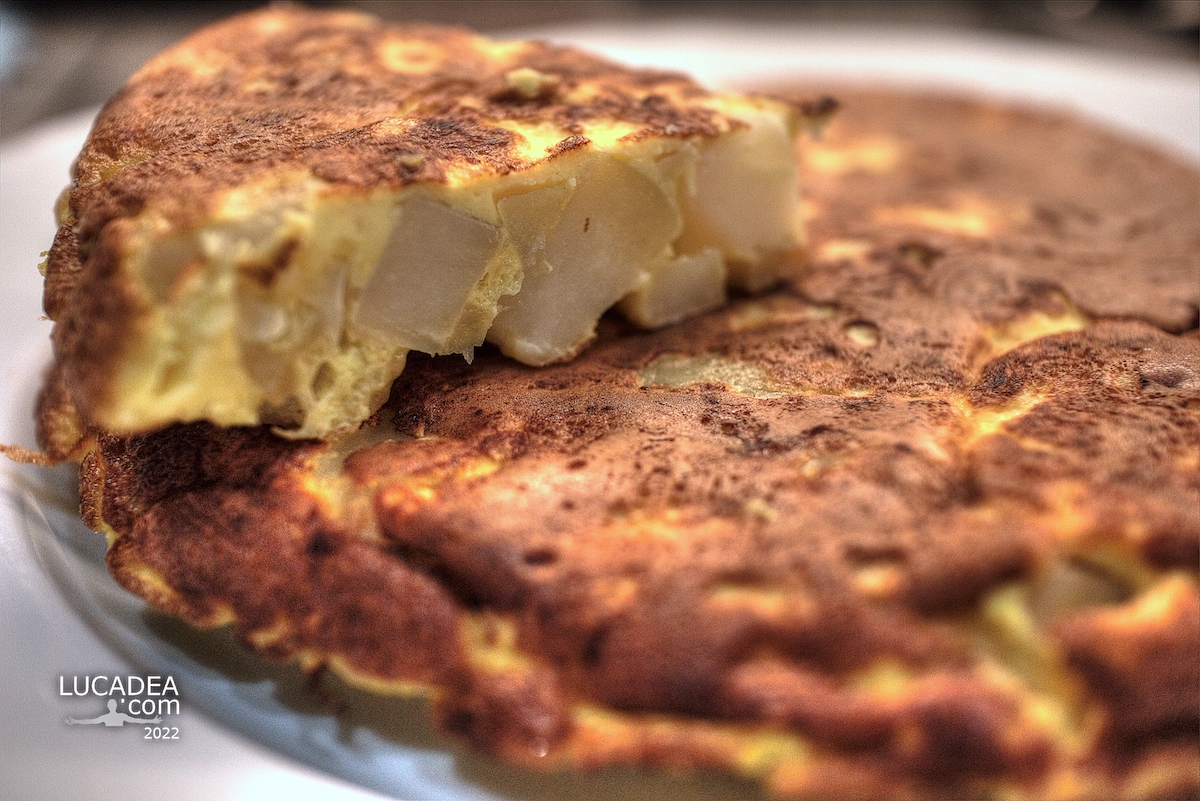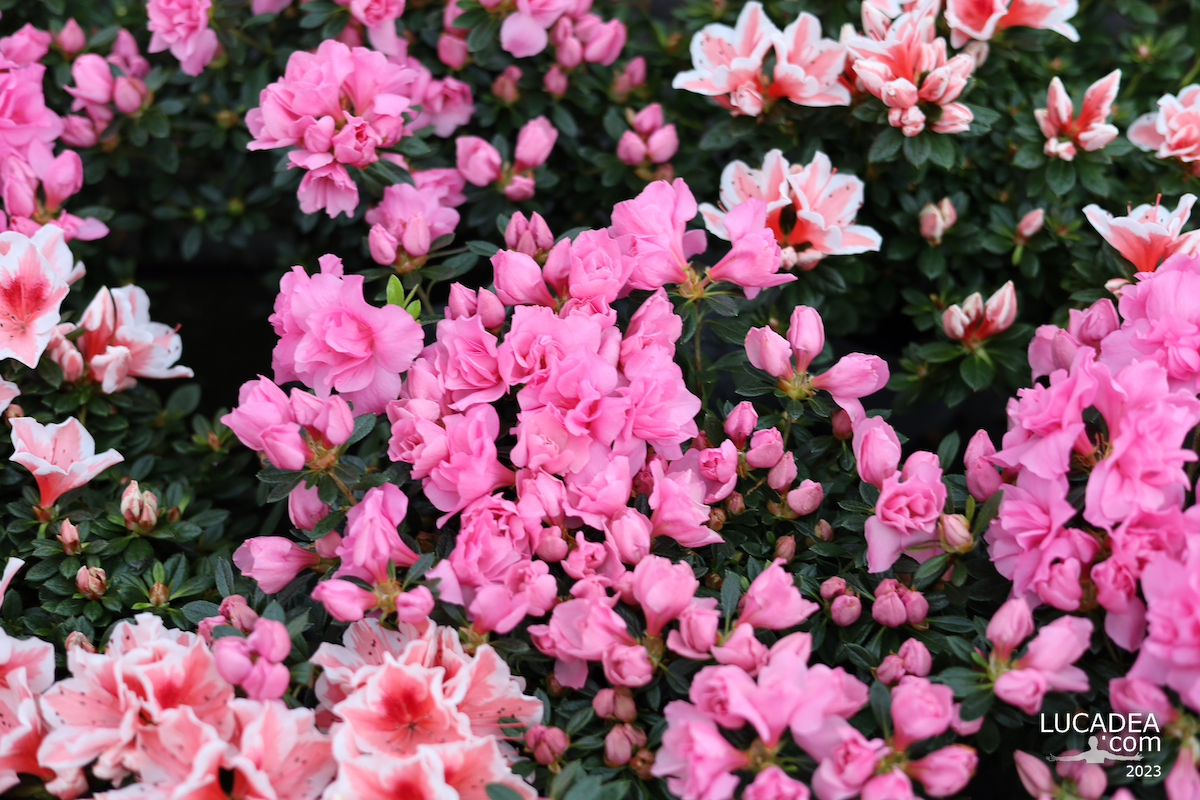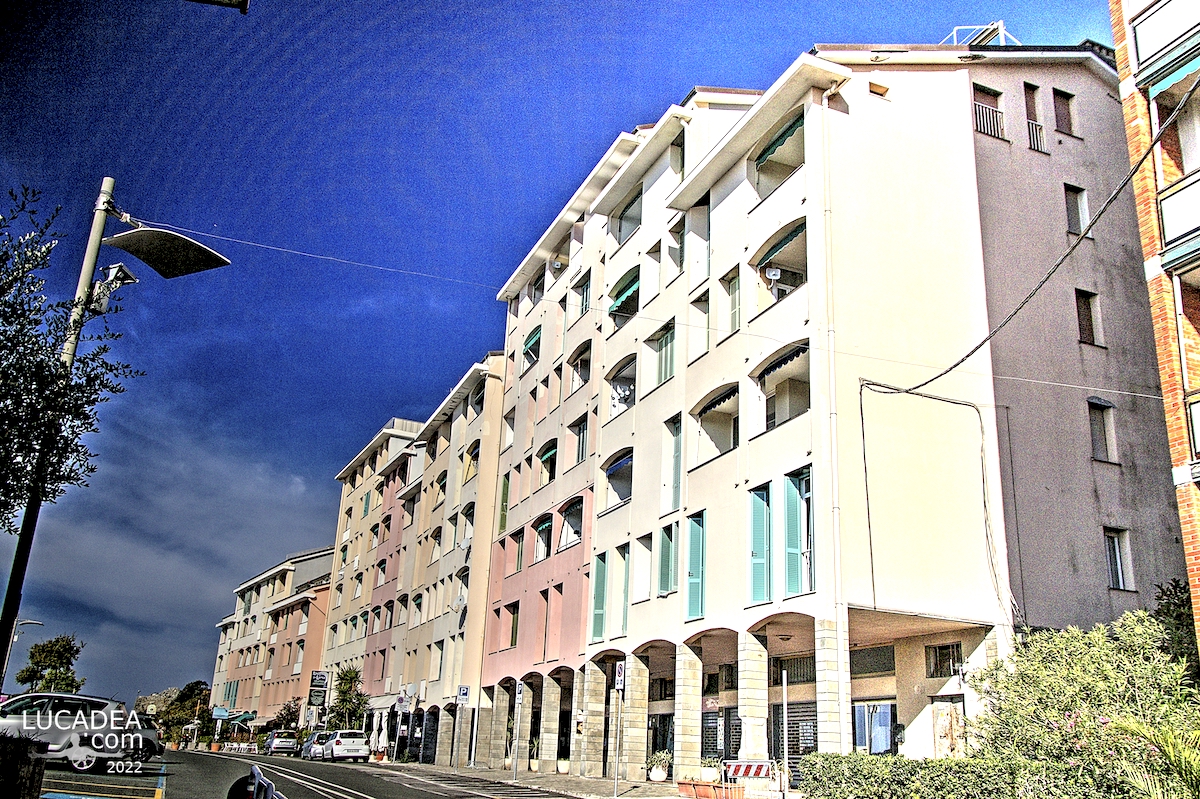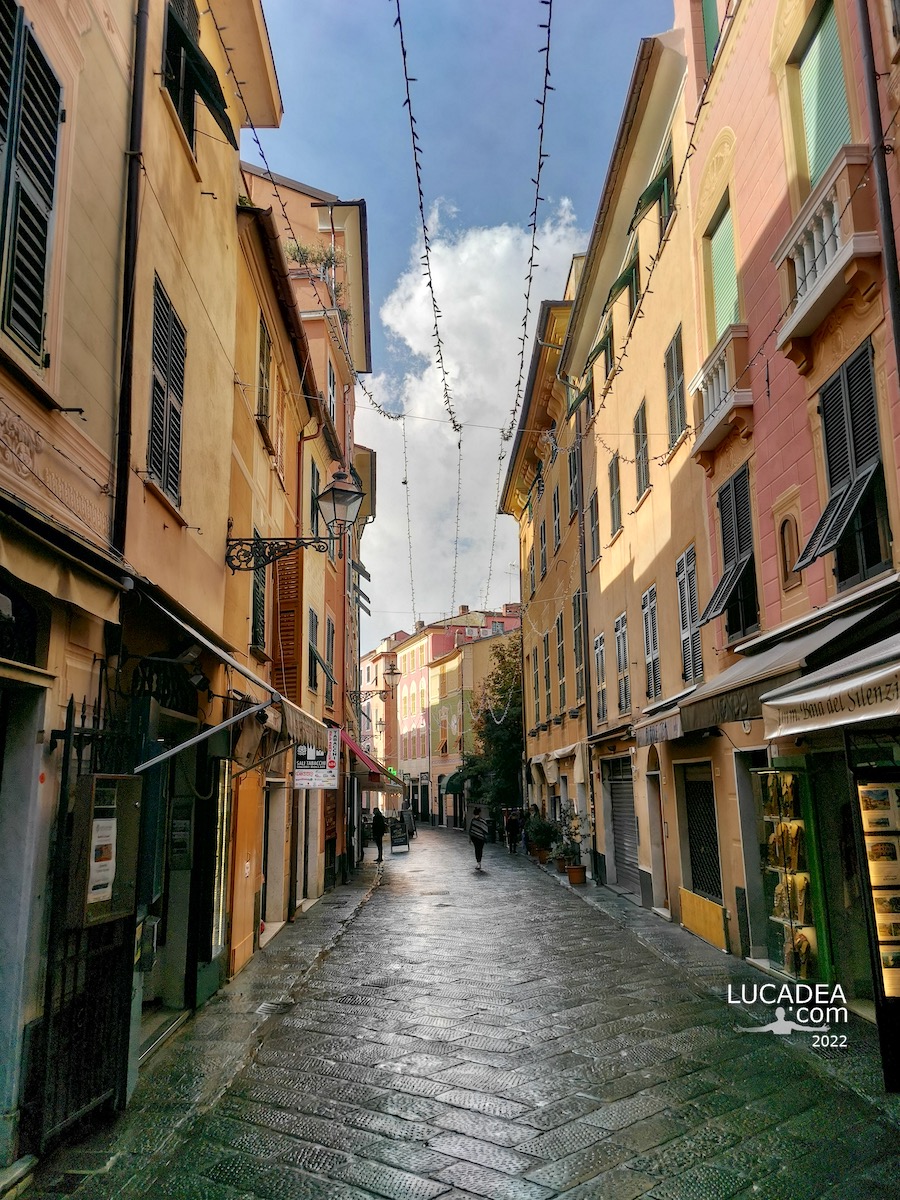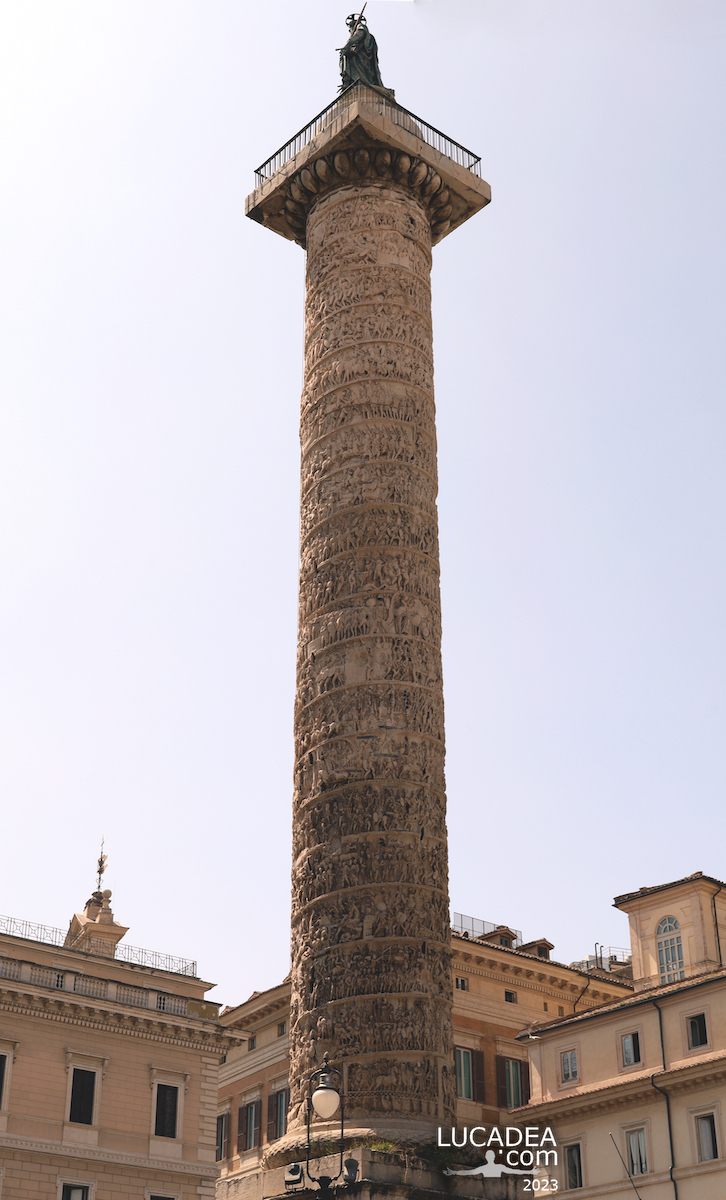The majestic Columns of Hadrian's Palace in Rome.
Welcome to the heart of Rome, where history comes to life among the majestic columns of Hadrian's Palace. This ancient building, once the residence of the Roman Emperor Hadrian, continues to amaze and fascinate visitors from all over the world.
The elegance of Roman architecture: The columns of Hadrian's Palace represent an extraordinary example of Roman art and architecture. Their symmetry, geometric precision and grandeur evoke the golden age of the Roman Empire.
World Heritage Site: This historic site has been recognized as a World Heritage Site by UNESCO, a tribute to its inestimable cultural and historical value.
The perfect subject for photos: If you are a photography enthusiast, the Columns of Hadrian's Palace will give you spectacular shots. Every corner offers an opportunity to capture the beauty and grandeur of ancient Rome.
Don't miss the chance to visit this extraordinary historical site in the heart of Rome, which connects the past to the present in one of the most fascinating cities in the world. An experience not to be forgotten!
Do you know Rome and its monuments? Add your own comment or go to the bottom of the site to read what other visitors have written.
Photo taken with Canon EOS RP and lens Canon RF 24-50.
The Temple of Hadrian was an ancient Roman temple located in the Campus Martius in Rome. The temple was erected in honor of the emperor Hadrian, who was deified after his death. It is probable that construction of the building had already begun under Hadrian himself to dedicate it to his wife Vibia Sabina, who died and was deified in 136. Perhaps with the work having just begun, Hadrian died (138) and the actual construction of the temple was due to his successor, Antoninus Pius: the building was completed around 145.
Continue and learn more on Wikipedia
Here is where the monument is located:
The majestic Columns of Hadrian’s Palace in Rome – Les majestueuses colonnes du palais d’Hadrien à Rome – Las majestuosas columnas del Palacio de Adriano en Roma – As majestosas colunas do Palácio de Adriano em Roma – Die majestätischen Säulen des Hadrianspalastes in Rom – Những cột hùng vĩ của Cung điện Hadrian ở Rome – 罗马哈德良宫雄伟的圆柱 – ローマのハドリアヌス宮殿の壮大な柱
The text of the post was written with the help of ChatGPT, a language model from OpenAI.

